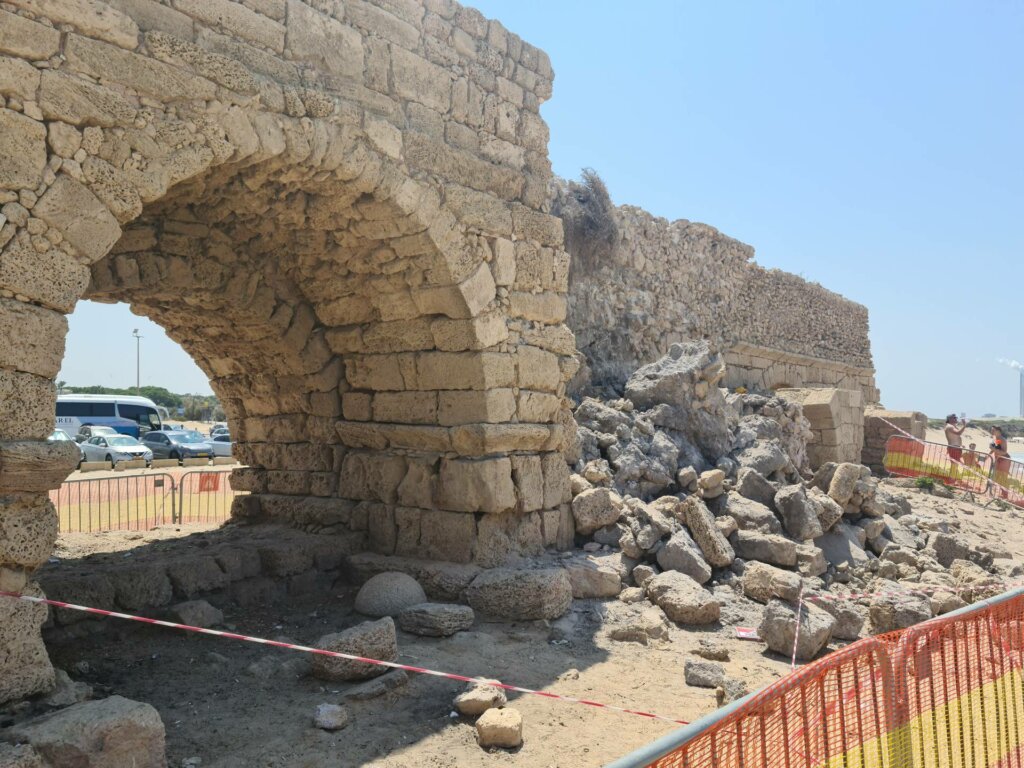Archaeologists excavating in the Givati parking lot in the City of David discovered a gold ring inset with a red garnet that was extremely well-preserved.
The Times of Israel has more information on the Iron Age Canaanite cemetery in the Jezreel Valley.
After two years and $5 million in renovations, the Herodian Quarter in the Jewish Quarter of Jerusalem’s Old City is reopening.
In a new study, Nadav Na’aman argues that there was only one place in the Bible named Gilgal and it has nothing to do with the five footprint-shaped sites identified by Adam Zertal.
The “University of Haifa’s School of Archaeology and Maritime Cultures (SAMC) has recently launched a new international Master’s program, offering an MSc in Archaeological Sciences.”
New release: The Ancient Water System of Sepphoris (Land of Galilee 6), by Tsvika Tsuk (322 pages, $70, via Mordechai Aviam)
Jeffrey Chadwick is on the Biblical World podcast to talk about his excavations at Hebron.
Now online: Mapping the Holy Land: The Foundation of a Scientific Cartography of Palestine, by Haim Goren, Jutta Faehndrich, and Bruno Schelhaas.
Ora Negbi, longtime professor of archaeology at Tel Aviv University, died recently.
John Boardman, a classical archaeologist at Oxford, died last week.
The Bible Mapper Atlas continues to release free maps. Here are the latest:
- Jacob Travels to Southern Canaan
- Sodom and Gomorrah Are Destroyed
- Jacob Goes to Paddan-Aram
- The Israelites Conquer Ai
- Tyre’s International Trade
- Edom and the Land of Seir
HT: Agade, Frank McCraw, Gordon Franz, Gordon Dickson, Arne Halbakken, Ted Weis, Keith Keyser
